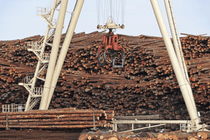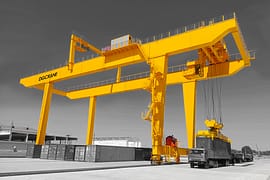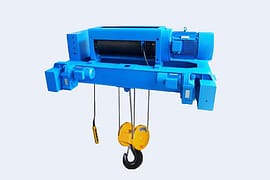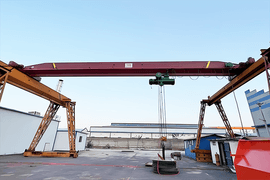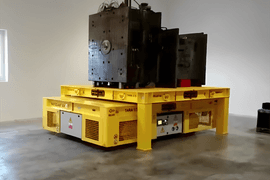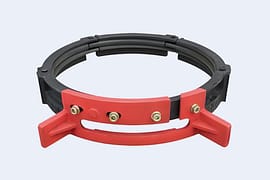Steel Structures Buildings: Reduce Environmental Impact and Maximize Energy Efficiency
Table of Contents
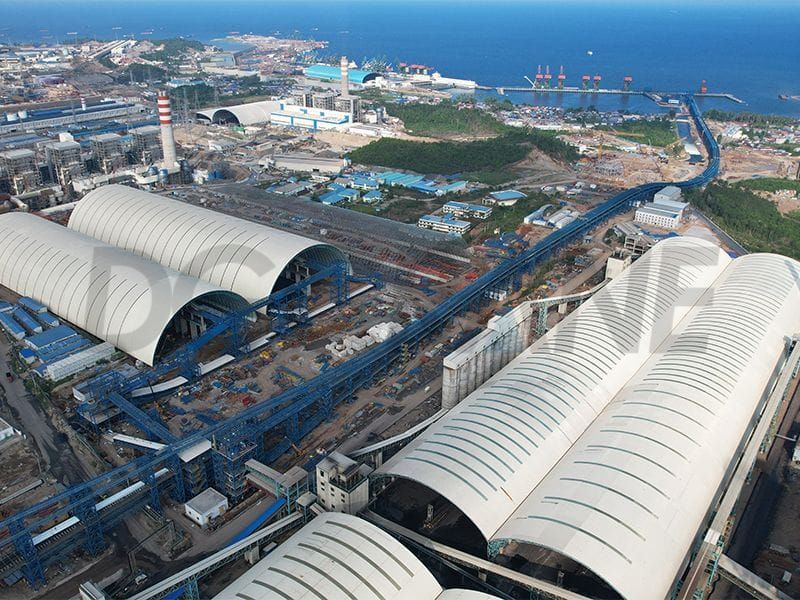
As global pollution intensifies, people are paying increasing attention to environmental protection, leading to the concept of green building design. Steel structures, as an eco-friendly material, play a crucial role in mitigating the environmental pollution caused by construction. Moreover, China’s steel production and quality have seen significant improvements, and the steel industry has developed to a level capable of meeting the steel demands of the construction industry and can be effectively applied to urban development.
Advantages of Steel Structure Buildings

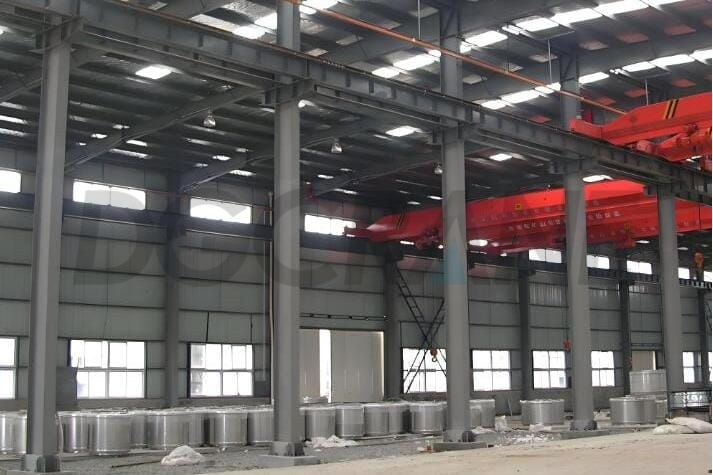
Reduction of Environmental Pollution
With the development of the times, the demands for building materials have become increasingly stringent. Traditional materials such as lime, cement, and stone bricks inevitably generate large amounts of dust and construction waste during use, not only causing environmental pollution but also posing health risks to workers.
Every year, a portion of workers suffer from diseases caused by long-term exposure to construction sites, affecting their health. The introduction of steel helps fill this gap by reducing dust generation. Steel is also recyclable, leading to minimal environmental impact and reducing waste generation to the greatest extent.
This enables the recycling of building materials and supports the sustainable development of resources. Steel materials are primarily composed of carbon steel, alloy steel, and other chemicals, which have a low environmental impact.
Additionally, the manufacturing process is shorter and simpler and generates less waste gas and material loss, making steel production an environmentally friendly option that is suitable for large-scale promotion.
Energy-Efficient Design of Steel Structures
Steel materials are versatile in design and can be easily cut to meet practical requirements, increasing usable indoor space, reducing economic losses, and meeting individualized design needs. This flexibility helps minimize energy consumption and resource waste.
Steel structures can also be industrially designed, reducing construction time and associated human and financial costs, ultimately achieving energy-saving designs. Furthermore, steel structures are highly reliable, offering excellent seismic and tensile strength, which can effectively resist natural disasters and protect people’s health and lives.
Therefore, steel structures are highly promoted in modern construction due to their energy-saving and environmentally friendly properties, aligning with China's national environmental protection policies and the broader global development trend.
Green and Energy-Efficient Steel Structure Design
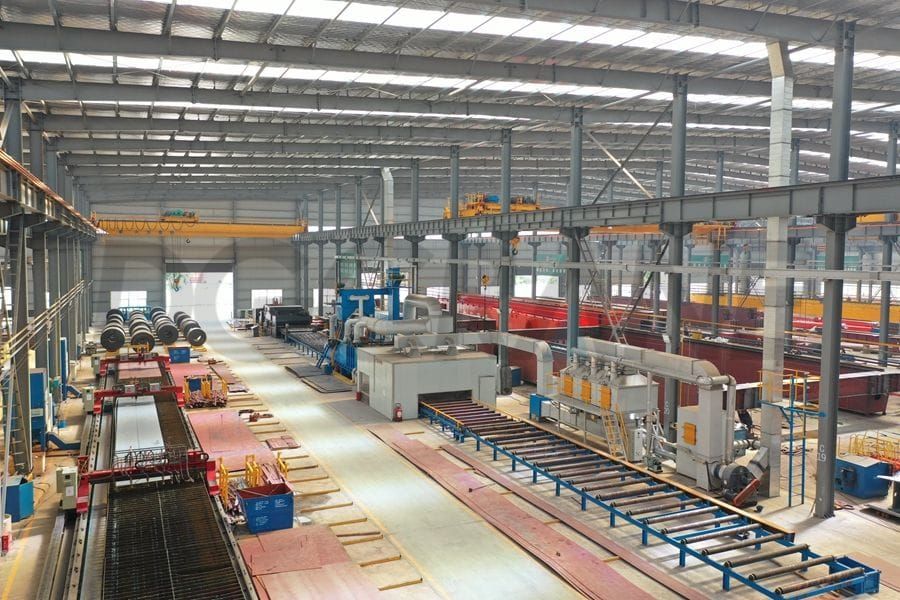
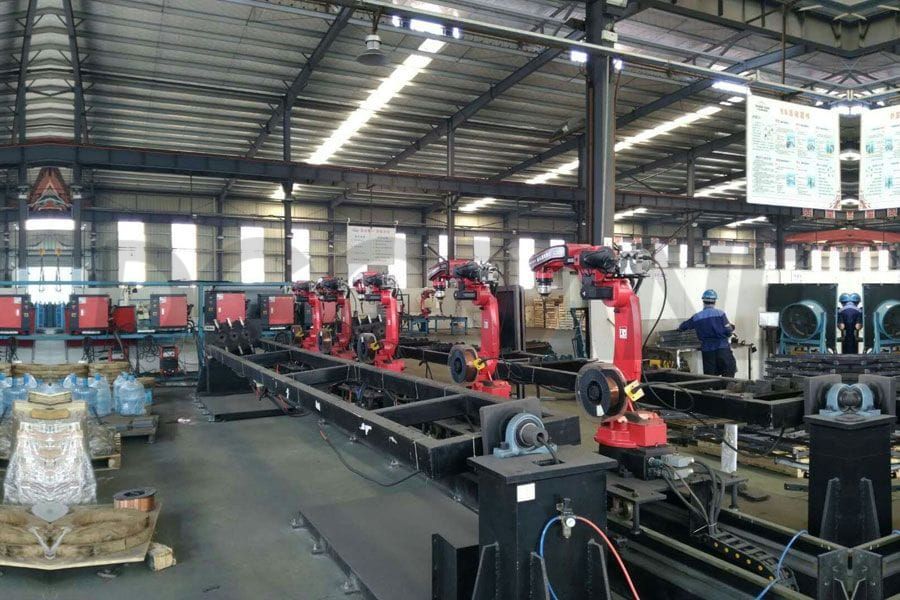
Use of Thermal Break Technology
Steel structure buildings play an important role in energy conservation and environmental protection, largely due to the introduction of thermal break technology. This technology helps control heat flow by preventing the transfer of heat to steel, ensuring that the steel does not exceed critical temperatures. This overcomes the disadvantage of steel's poor heat resistance, thereby preventing fire hazards.
Additionally, it optimizes energy usage by blocking external heat from entering the building, maximizing heat retention. Thermal break technology is widely used in steel structure buildings, for example, by creating small holes in the steel structure to discharge heat. Studies have shown that this method has excellent energy-saving and emission-reduction effects.
Alternatively, insulation materials or metal sheets with blocking functions can be added to the steel surface, significantly reducing heat transfer, providing excellent thermal insulation, and contributing to energy savings and emission reductions. These approaches all use thermal break principles to protect steel structures and optimize energy distribution.
Pollution Control Design
In traditional construction, materials like concrete, lime, and others, or structural angles, often result in poor sound insulation, leading to noise pollution. Steel structure buildings can effectively solve this problem. Due to the unique properties of steel, it greatly reduces sound transmission.
Additionally, the special design angles of steel structures minimize sound transmission, and noise-reducing materials like soundproof glass and insulation materials are often used in the construction process, reducing noise pollution to a negligible level. As high-rise buildings become more common, another issue has emerged: light pollution caused by sunlight reflecting off the outer glass walls. This occurs due to improper design angles between the interior and exterior glass walls, inconveniencing residents.
Steel structure buildings, however, have a pollution control design that addresses this issue. Steel structure glass curtain walls, made of steel and glass with anti-glare materials, effectively block direct sunlight. The integration of steel provides strong seismic resistance, reduces the building's weight, and offers excellent environmental benefits, minimizing urban waste and light pollution. Steel structure buildings thus play an essential role in protecting the environment, reducing energy consumption, and solving light and noise pollution problems.
Use of Energy-Efficient Materials
The flexibility of steel structure construction, combined with its simple manufacturing process and short construction time, allows for the use of energy-efficient materials. These include lightweight and low-pollution materials like energy-saving panels and composite floor slabs, which greatly contribute to environmental protection and reduce building pollution.
Additionally, these materials can reduce the building’s total weight, enabling more efficient use of space and offering economic benefits.
In summary, the development of steel structures and buildings promotes China's energy conservation and environmental protection efforts. By integrating various eco-friendly technologies into construction, steel structures help reduce energy consumption and environmental pollution, while supporting sustainable development.
Steel Structures: Key to Energy Saving and Carbon Reduction
On one hand, as an integrated and systematic building framework, the main advantage of steel structure buildings lies in significantly reducing the use of traditional building materials like rebar and cement. This shift not only directly reduces resource consumption but also dramatically lowers carbon emissions during the construction process, laying a solid foundation for achieving energy-saving and carbon-reduction goals. Steel, as a primary construction material, has high efficiency in utilization and recycling, offering strong momentum for sustainable development in the construction industry.
On the other hand, from a full industry chain and lifecycle perspective, steel structure buildings are more conducive to resource recycling. When demolished or renovated, steel materials have high recycling value, and their recycling process is relatively simple compared to the more complex disassembly and separation work required for reinforced concrete structures. This further promotes resource recycling. Additionally, by recycling scrap steel for re-production, compared to the traditional iron ore smelting process, significant reductions in energy consumption and carbon emissions can be achieved.
Conclusion
In conclusion, steel structures are not only favored in the construction industry for their superior strength and design flexibility but also showcase undeniable advantages in energy conservation and environmental protection. By reducing material waste, lowering building energy consumption, and ensuring sustainable resource use, steel structures provide strong support for building a greener future.
In the current global trend towards sustainable development, the energy-saving and environmentally friendly features of steel structures will continue to bring new opportunities and breakthroughs to the construction industry, making a positive contribution to environmental protection and resource conservation.
Contact Details
DGCRANE is committed to providing the professional Overhead crane products and relavent service. Exported to Over 100 Countries, 5000+ Customers Choose Us, Worth to be Trusted.
Get In Touch
Fill out your details and someone from our sales team will get back to you within 24 hours!









